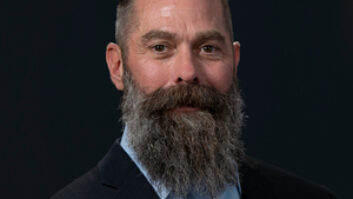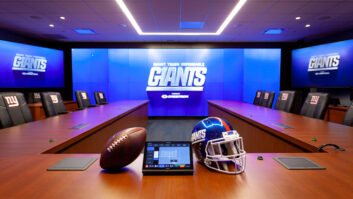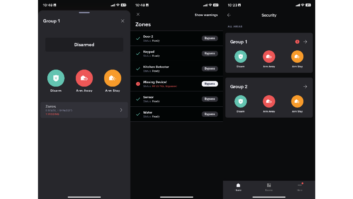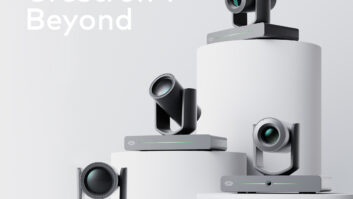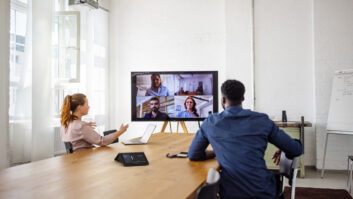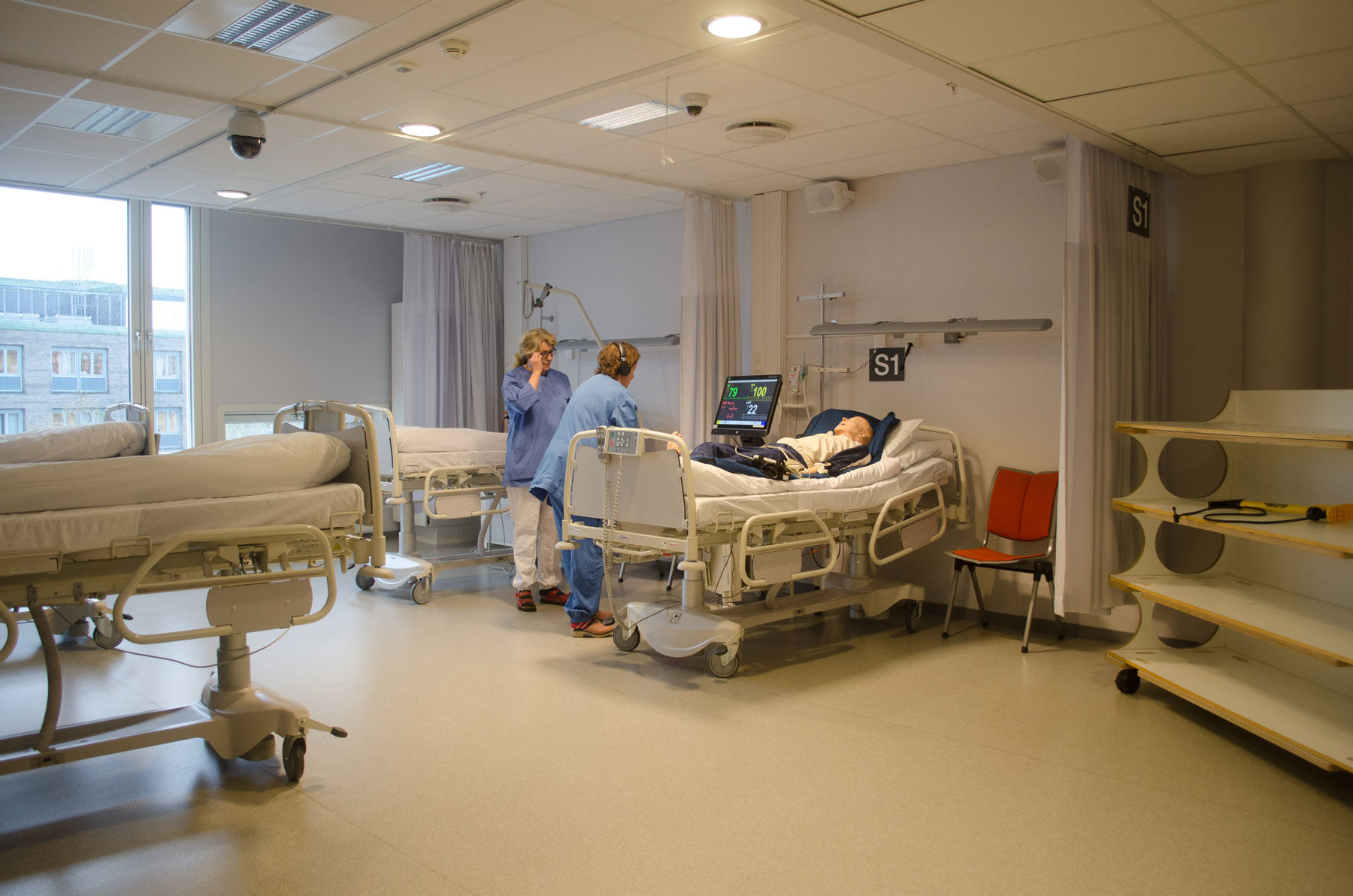
This project by Caverion Norge at the Norwegian University of Science and Technology illustrated how the education of medical students can be improved through the use of simulation.
When Caverion Norge was asked to create a new Medical Simulation Centre for the Norwegian University of Science and Technology’s Faculty of Health and Social Science (NTNU), the main challenge was the lack of IP medical simulation systems that could easily be integrated with an AV solution, as well as an existing simulation supplier that could provide a 4K platform.
The solution needed to fuse two distinct facets, the first being the IP-based standalone simulation solution with simulation mannequins, servers, patient monitors, IP cameras, while the other includes more traditional AV solutions with uncompressed audio/video and HDMI signals.
Caverion integrated Laerdal simulation technology with the Crestron DigitalMedia platform and an array of other AV technology including Biamp servers, Sennheiser microphones, and NEC and Philips displays.
Simulation core
The core of the simulation centre is a Crestron DM-MD-128X128 matrix, currently running at 50% capacity, with all cable and DM platforms delivering 4K content. Six classrooms are equipped with smaller DM matrixes, each connected to the 128 x 128 matrix with two inputs and two outputs. The centralised videoconference codecs can be routed to any classroom or any training simulator, which means that demonstrations can be shown to many students instantaneously, instead of just groups of 10-20 students in the training simulator. Crestron USB-EXT-DM takes care of the KVM for the Laerdal Medical SimView Servers that are also centralised.
Audio-Technica headsets with microphones are used with the Telex RTS intercom system, with which the operator communicates when students are in session. Sennheiser wireless mics in the auditorium and Audio-Technica ceiling mics at the training station provide stereo sound, and the system is tuned so that students appearing on the left in the picture are only heard in the left audio channel. There is also a mic by the mannequin head picking up audio when a student talks to the ‘patient’, which is tuned to only pick up sound when someone speaks close to the mic. For the patient’s voice there is a small active JBL speaker placed by the mannequin’s head.
“Instead of the traditional solution of having the operator stations and training simulators next to each other with a one-way mirror in-between, NTNU wanted a flexible solution where a 50in 4K display replaced the one-way mirror to allow them to centralise much of the simulator hardware,” explains Caverion project manager Thor Berg.
“So, instead of several standalone specialised simulators there is one operator room, complete with four fully equipped operator stations that can each control the six remote training simulators, offering a user-friendly, flexible and easily expandable solution. Thanks to the Crestron TWS 1050 user interface, the operator can choose whether to speak to the students, the facilitators or to be the voice of the mannequin.”
Sony 4K cameras at each training station show a fixed overview of the bed on a 4K display in the operator room. Elsewhere, Sony videoconferencing cameras and laser projectors have been added in the auditoriums as well as NEC and Philips displays showing patient monitor content from the SimLab, which can also be used with a Polycom RealPresence Group kit.
Each training simulator has two 1080p IP cameras set up with dual stream unicast, one 720p stream for the Laerdal Medical SimView Server, and one 1080p stream that, through the Crestron DMC-STR, connects to the 128 x 128 matrix. A third 4K camera connected to a Crestron wall plate transmitter is the operator station’s ‘window’ and is routed to a Sony 55in 4K display. The user interfaces at the operator stations and in the classrooms are Crestron TSW-1050/1052 touchscreens.
Patient monitors at each training simulator are also connected to wall plate 4K transmitters. By having the Laerdal medical solution connected to the DM platform, the client is able to route any signal to any connected classroom or via any of the four codecs to any external part. It’s also possible to route audio/video from any classroom to one or more classroom(s).
A Biamp Tesira DSP routes audio from microphones and two-way communication between the operator and a facilitator who observes the students’ training in the simulator.
Happy outcome
Both client and integrator are happy with the outcome. Trond Indergaard, technical manager of SimLab at NTNU, comments: “Caverion has designed and built what we consider to be a state-of-the-art simulation centre.” And Knut Gaaserud, Caverion executive VP and CEO, Division Denmark-Norway, concludes: “With an increasing demand for advanced technological solutions, we need people who do not give up where others say it is impossible. With this project Berg and his team proved that progress comes from creativity and innovation.”
